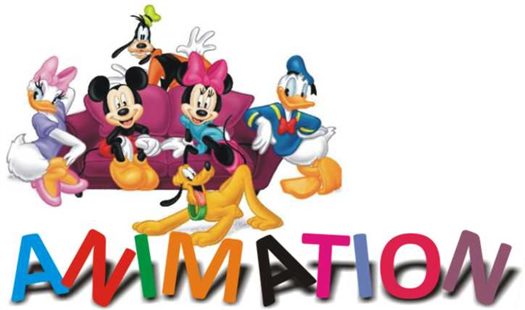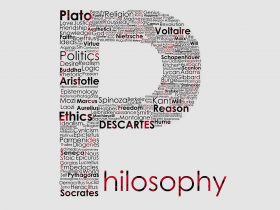You may think of animation and immediately associate it with the entertainment industry, but animation actually has benefits that can reach far beyond a movie theatre or television show. One of my favorite and often over-looked aspects of animation is the profound effect that it can have as a teaching and learning tool within the classroom.
As with many other parts of the world, advances in technology have increased educational opportunities. The common written essay composition isn’t a strong point for every student that attends school, and many pupils actually dread the process. Animation provides an innovative and groundbreaking new avenue that allows pupils to communicate essays, art, stories, ideas and concepts in an original and unique format. Animation in the classroom can be a powerful tool used to enhance and spur the creativity of students; particularly those who find the confines of grammar and spelling to be difficult. Since animation is also thought to be a more enjoyable form or expression, it often eliminates students from the anxiety often associated with the technicalities of writing and allows them to focus rather on the telling of a story or summary of a concept instead.

“Animation can provide for the bridging of cultural barriers and provide an entirely new building block to the educational experience, as it allows for collaboration with fellow students across the globe,” said Mark Lindgren, spokesperson for Paragon business IT services. “Traditional language barriers can be easily stunted through the universal language of animation, so animation serves as an incredibly powerful tool that can be used to build bonds internationally, as well as a sense of a collective community across borders.”
Self-expression can be a difficult challenge for so many students within the educational system, despite art, painting, writing and music being particularly enjoyable for others that struggle with intrinsic artistic talents. Animation assists pupils with self-expression by providing ready-made characters that can be utilized within pre-drawn elements, while pupils still control their self-expression by selecting all other facets, from plot and theme to speech bubbles.
With simple animation tools and programs available for elementary children, as students age and learn, animation also expands into an incredibly powerful medium that teaches students advanced technical skills. Higher-level animation programs utilize algebraic and calculus functions to allow them to create 3D animations that are highly marketable and desired within the workforce today.
Finally, animation also provides an alternate and engaging platform that encourages students to present their work. Reading essays in front of the classroom can easily be replaced with the engaging tool of animation, as visual statements in the form of slide shows or animated clips allow the presenter to connect with their fellow peers, thereby providing yet another useful skill for the future.
























